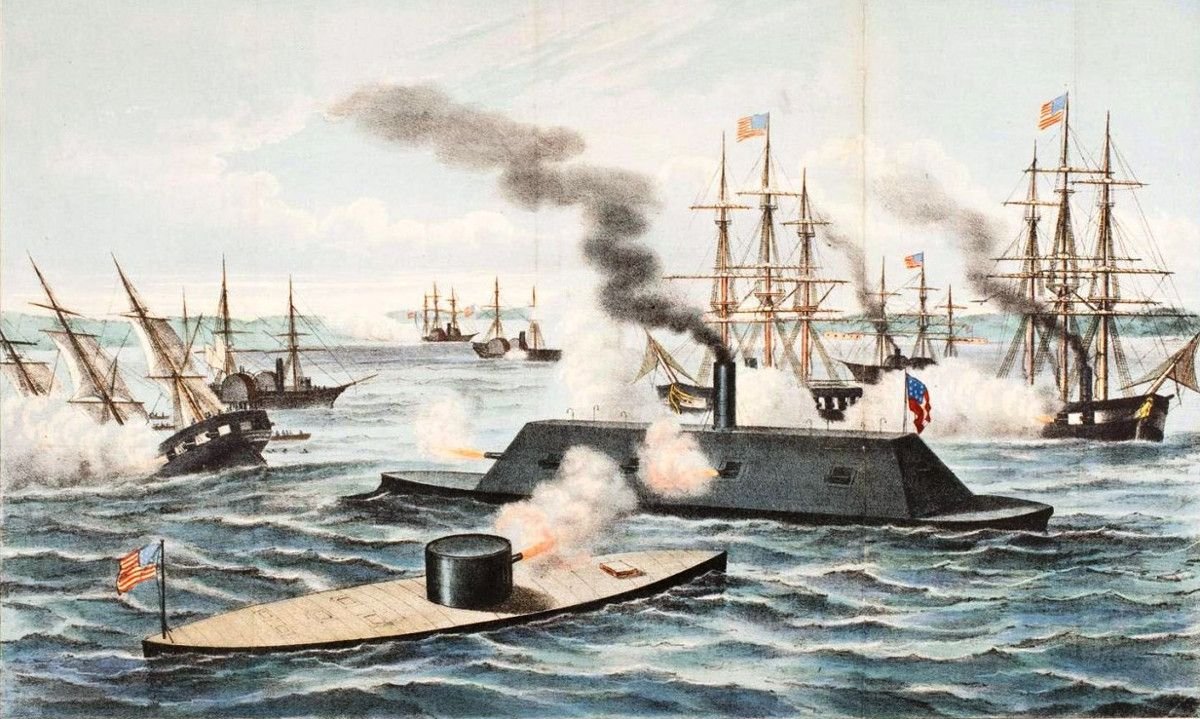By Meilan Solly/Smithsonianmag.com
In the winter of 1862, Union troops occupied Fort Henry and Fort Donelson on the Tennessee and Cumberland Rivers. Jefferson Davis was inaugurated as President of the Confederacy.
Two ironside battleships, the Monitor and the Merrimack fought to a stalemate off Hampton Roads, Virginia. And on the coast of North Africa, 40 U.S. Marines landed in Tangier, Morocco, to help quell a riot and take possession of two Confederates who had been arrested by the U.S. Consul.
This bizarre Civil War episode came about mainly because of the infamous exploits of the C.S.S. Sumter, a Confederate blockade runner commanded by Raphael Semmes that had been terrorizing the U.S. Navy and Northern merchants throughout the Atlantic.
On January 18, 1862, the Sumter docked in Gibraltar in need of fuel and repairs. Through clever persistence, the U.S. consul in Gibraltar, Horatio Sprague, had successfully kept the Sumter thereby pressuring the town’s merchants to refuse the Confederates all necessary supplies. Without coal, they were stuck.

Across the Strait of Gibraltar in Tangier resided the U.S. consul to Morocco, James DeLong, himself a former judge from Ohio and abolitionist who freed two slaves traveling through his jurisdiction in 1854…
Read Full Article on SmithsonianMag.org

Carol graduated from Riverside White Cross School of Nursing in Columbus, Ohio and received her diploma as a registered nurse. She attended Bowling Green State University where she received a Bachelor of Arts Degree in History and Literature. She attended the University of Toledo, College of Nursing, and received a Master’s of Nursing Science Degree as an Educator.
She has traveled extensively, is a photographer, and writes on medical issues. Carol has three children RJ, Katherine, and Stephen – one daughter-in-law; Katie – two granddaughters; Isabella Marianna and Zoe Olivia – and one grandson, Alexander Paul. She also shares her life with her husband Gordon Duff, many cats, and two rescues.
ATTENTION READERS
We See The World From All Sides and Want YOU To Be Fully InformedIn fact, intentional disinformation is a disgraceful scourge in media today. So to assuage any possible errant incorrect information posted herein, we strongly encourage you to seek corroboration from other non-VT sources before forming an educated opinion.
About VT - Policies & Disclosures - Comment Policy





I read this history many years ago and now have learned a few things more.
As Americans we tend to view our history in a vacuum, but the Civil War was closely observed all over the world. In 1861, the European powers greeted the failure of their hated adversary, “the Great Republic,’ with undisguised glee. Though nominally sympathetic to the insurgency, they immediately began scheming to recolonize the western hemisphere. With the Pope’s blessing, France’s self-styled “emperor” Napoleon III developed an elaborate plan with Spain and Britain to set up an Imperial regime that would eventually expand to include all of Central and South America. The scheme hinged on Mexico’s occupation by French forces, stationed there to checkmate southward expansion ambitions of the Confederacy. But in Mexico a ragtag peasant army inflicted a severe defeat on crack French Zouaves on Cinco de Mayo, 1862. Although Mexico’s valiant defenders would later be overwhelmed, this startling reversal caused British leaders to reconsider and pull out of the alliance. Later that year a diplomatic crisis, triggered by Garibaldi’s march on Rome, forced the resignation of the aggressive French Minister of War, and la reconquesta was abandoned.
Comments are closed.